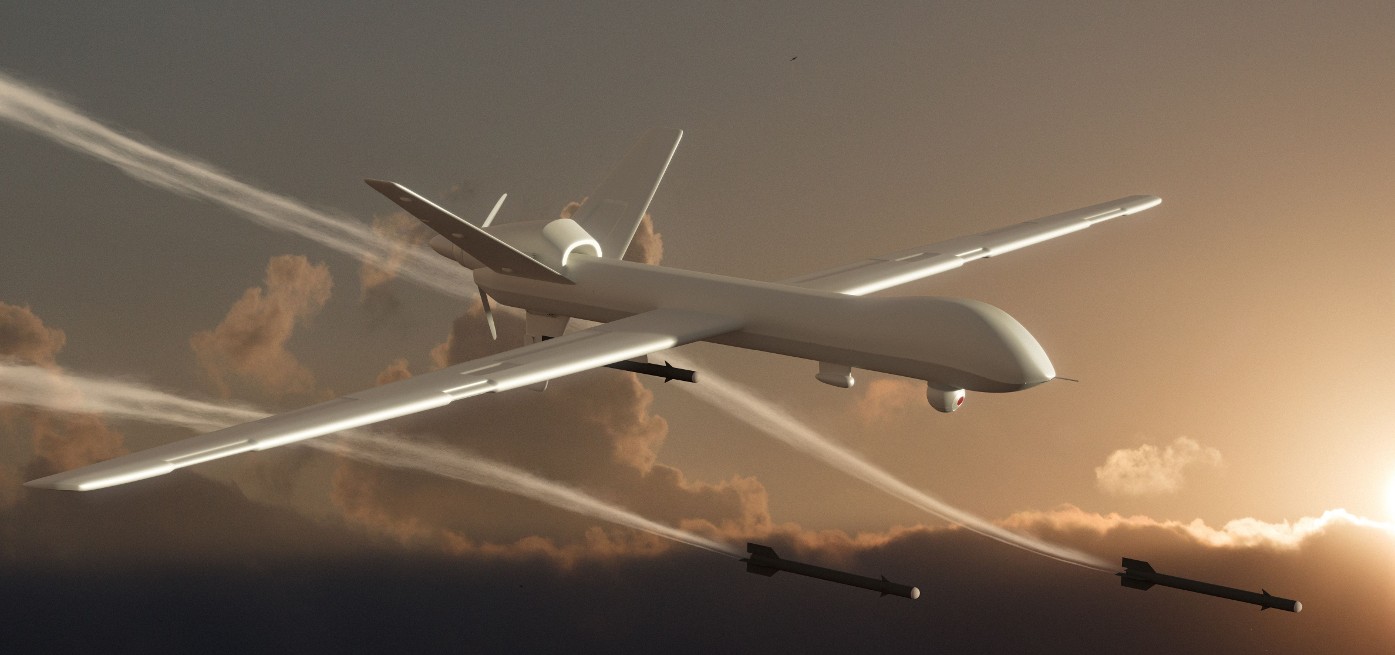
Buying Guide for Portable Signal Jammers
Key Takeaways Consideration Detail Product Weight Jammer Master’s portable jammers average 1.5Kg, significantly lighter than desktop models. Frequency Bands Capable of blocking multiple bands with
Free Worldwide Shipping & 1-Year Warranty!

Drones have gained significant popularity in recent years due to their small size, low cost, convenience, and strong capabilities compared to manned aircraft. With prices ranging from a few thousand to tens of thousands of dollars, drones have become increasingly favored across various industries. This article delves into the extensive applications of drones, including aerial photography, surveying, agricultural spraying, logistics, power inspections, and even military operations. However, the rapid development of the drone industry has also highlighted the need for improved regulations to address safety and security concerns.
Drones offer a significant cost advantage over manned aircraft. With their smaller size and simplified design, drones are more affordable to manufacture and operate. Aerial photography drones typically range from a few thousand to tens of thousands of dollars, while agricultural drones can be purchased for around tens of thousands of dollars per unit. This low-cost advantage has made drones increasingly popular across various industries, attracting widespread attention and adoption.
Drones have found extensive applications in numerous industries. Aerial photography, surveying, agricultural spraying, logistics, power inspections, and military operations all heavily rely on the use of drones. Their versatility and maneuverability make them indispensable tools in these fields. However, the rapid growth of the drone industry has outpaced the development of relevant regulations, creating a need for improved legislation to ensure safe and responsible drone usage.
Despite their widespread use, the drone industry faces several challenges. The lack of comprehensive regulations and guidelines in many countries has led to unauthorized drone flights, posing risks to public safety and privacy. To address this issue, it is crucial to establish effective regulations that govern drone operations and ensure compliance with safety standards. Currently, many countries, including our own, are in the process of formulating such regulations to curb unauthorized drone flights.
As the drone industry continues to expand, the development of countermeasures against unauthorized drone activities becomes essential. Technological advancements are necessary to overcome existing barriers and expand the applications of drone countermeasures. While progress has been made in this area, there are still technical challenges to overcome. However, the continuous improvement and strengthening of drone countermeasure technologies will enable effective responses to the various problems posed by unauthorized drone flights.
Drones have revolutionized various industries with their low cost, convenience, and strong capabilities. From aerial photography to military operations, drones have become indispensable tools in numerous sectors. However, the rapid growth of the drone industry has also highlighted the need for improved regulations to address safety and security concerns. As the industry continues to evolve, it is crucial to establish comprehensive regulations and develop effective countermeasures to ensure responsible and secure drone usage. Only through these measures can we fully harness the potential of drones while mitigating potential risks.
Our frequency checker tool will help you check all frequency bands used in all country.

Key Takeaways Consideration Detail Product Weight Jammer Master’s portable jammers average 1.5Kg, significantly lighter than desktop models. Frequency Bands Capable of blocking multiple bands with

In an age where the sky is dotted with drones, the importance of drone jammers has never been more significant. From commercial deliveries to personal

Protect your vehicle’s location privacy with a professional guide on GPS jammers. From selection to legal considerations and installation tips, we’ve got you covered. Key

Understanding Signal Blocker: How It Works and Its Applications Signal Blockers are devices that can disrupt mobile phone signals, preventing them from connecting to base

The Application and Benefits of High-Power Signal Jammers Enhancing Signal Blocking Efficiency in Various Environments In today’s technologically advanced world, the need for effective signal

Considerations for Purchasing Exam Room Signal Jammers Ensuring Effective Signal Jamming for Exam Integrity As the year approaches its end, many schools are preparing for

The Importance of Monitoring and Signal Interference Measures During Examinations During examination periods, it is crucial to closely monitor the examination venues and their surrounding

Selecting the Appropriate Cell Phone Jammer for Theaters and Auditoriums Overcoming Challenges in Installation and Maximizing Signal Disruption The Importance of Cell Phone Jamming in

Remote Control of Cell Phone Jammers via Smartphone: A Possibility? With the rapid development of the Internet of Things (IoT), numerous smart home devices have